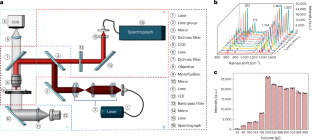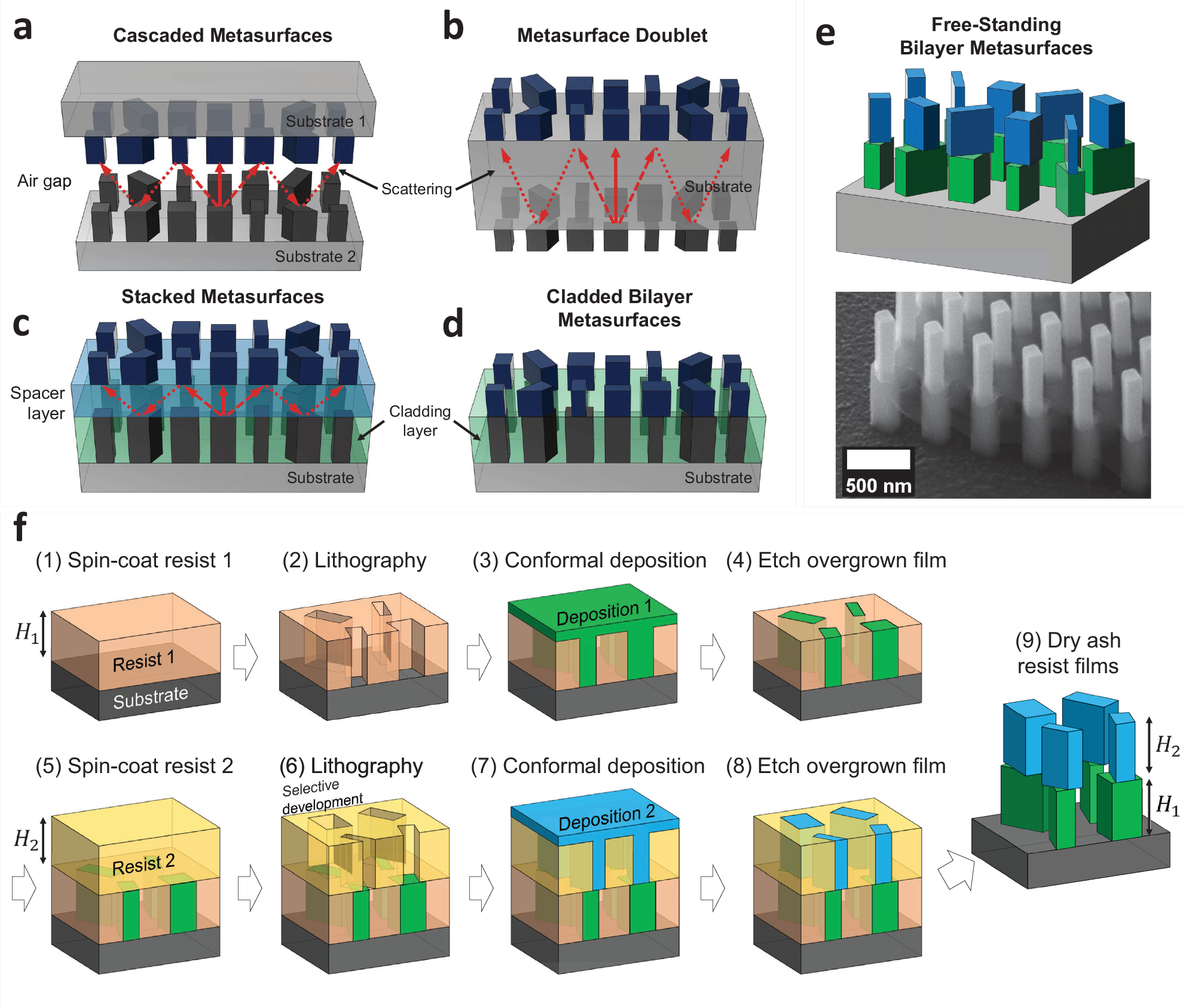2025-04-01 カリフォルニア大学サンタバーバラ校(UCSB)
<関連情報>
- https://www.umass.edu/news/article/we-know-nanoplastics-are-threat-new-tool-can-help-us-figure-out-just-how-bad-they-are
- https://www.nature.com/articles/s44221-025-00417-8
光学操作、表面増強ラマン散乱、マイクロ流体工学に基づく水中のナノプラスチックの捕捉、濃縮、検出 Capturing, enriching and detecting nanoplastics in water based on optical manipulation, surface-enhanced Raman scattering and microfluidics
Xiaofeng Shi,Tianyu Mao,Xiangmin Huang,Hui Shi,Kaiyang Jiang,Ruyi Lan,Hang Zhao,Jun Ma,Jian Zhao & Baoshan Xing
Nature Water Published:01 April 2025
DOI:https://doi.org/10.1038/s44221-025-00417-8

Abstract
Aqueous concentrations of nanoplastics are critical for their risk assessment. Here we developed an optical manipulation and surface-enhanced Raman scattering set-up to capture, enrich and detect nanoplastics in aquatic environments. A small-sized (20 µm) gold nanoparticle stack was used to design a gold nanoparticle stack/polylactic acid optical tweezer, and individual nanoplastics were precisely manipulated. A large-sized (80 µm) gold nanoparticle stack enabled massive enrichment of nanoplastics, and high enrichment recoveries (for example, 89.3–94.3% for polystyrene) and low limits of detection (for example, 150 ng l−1 for polystyrene) of nanoplastics were achieved. Moreover, interference from natural organic matter was eliminated by adding a cleaning step before detection. The nanoplastics in natural waters (required volume, ≤7.2 ml) were thus successfully enriched and analysed, with determined concentrations of polystyrene nanoplastics of 6.5–8.5, 1.4–1.8 and 0.7–1.0 μg l−1 for water samples from a river, a mariculture farm and a beach, respectively. This newly developed optical manipulation–surface-enhanced Raman scattering approach is able to simultaneously enrich and detect nanoplastics in natural waters.



